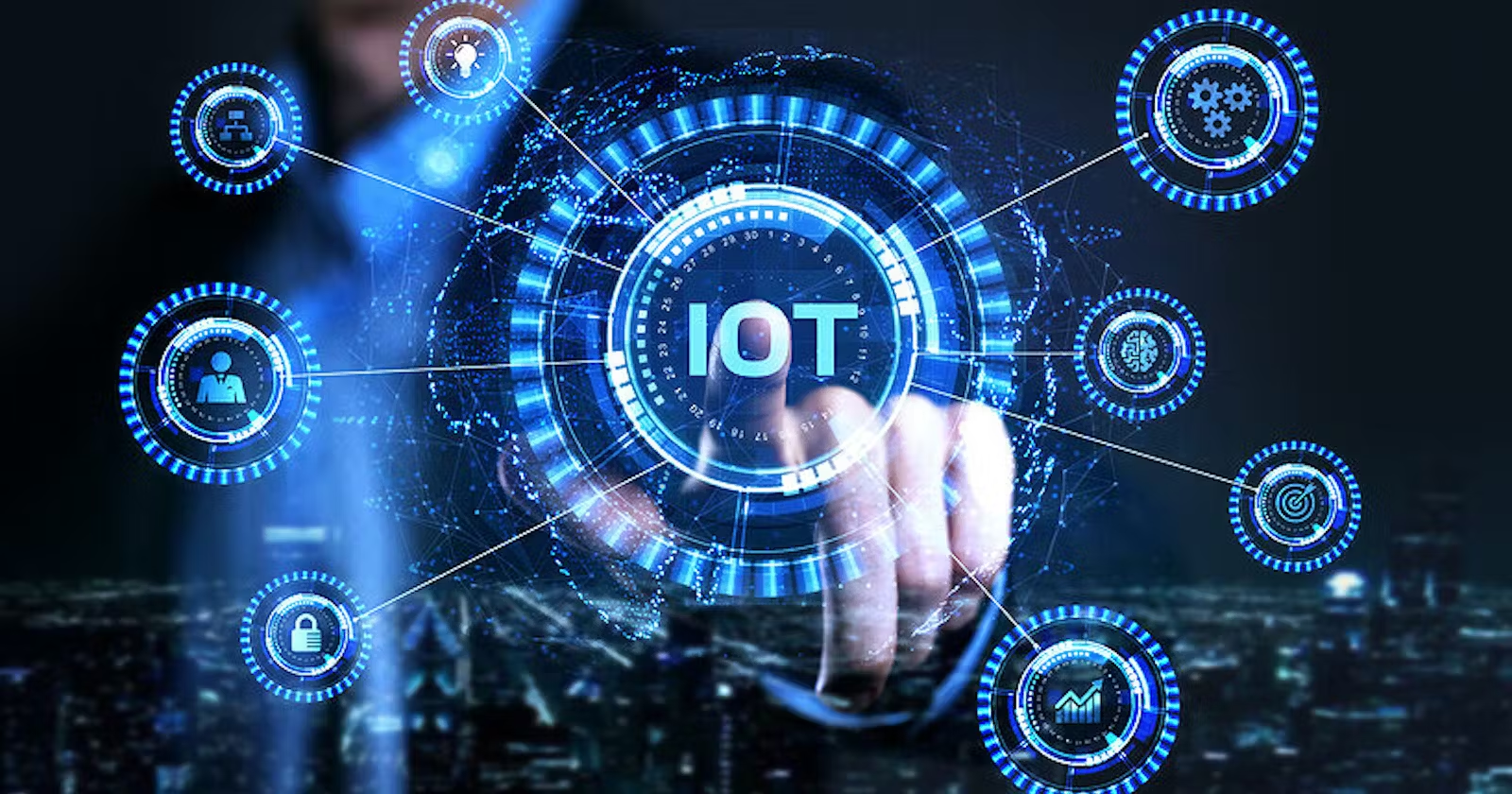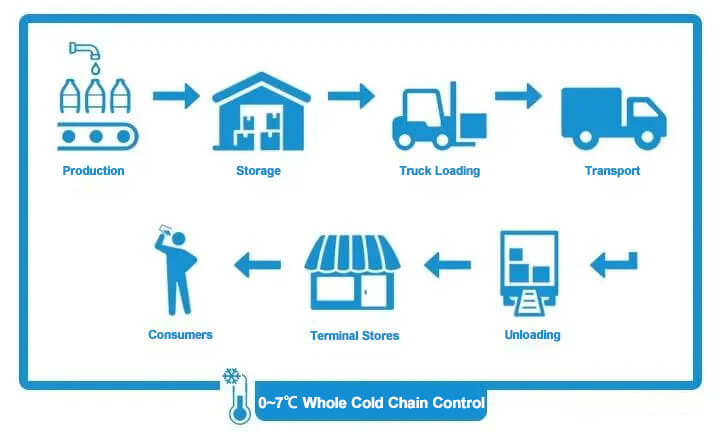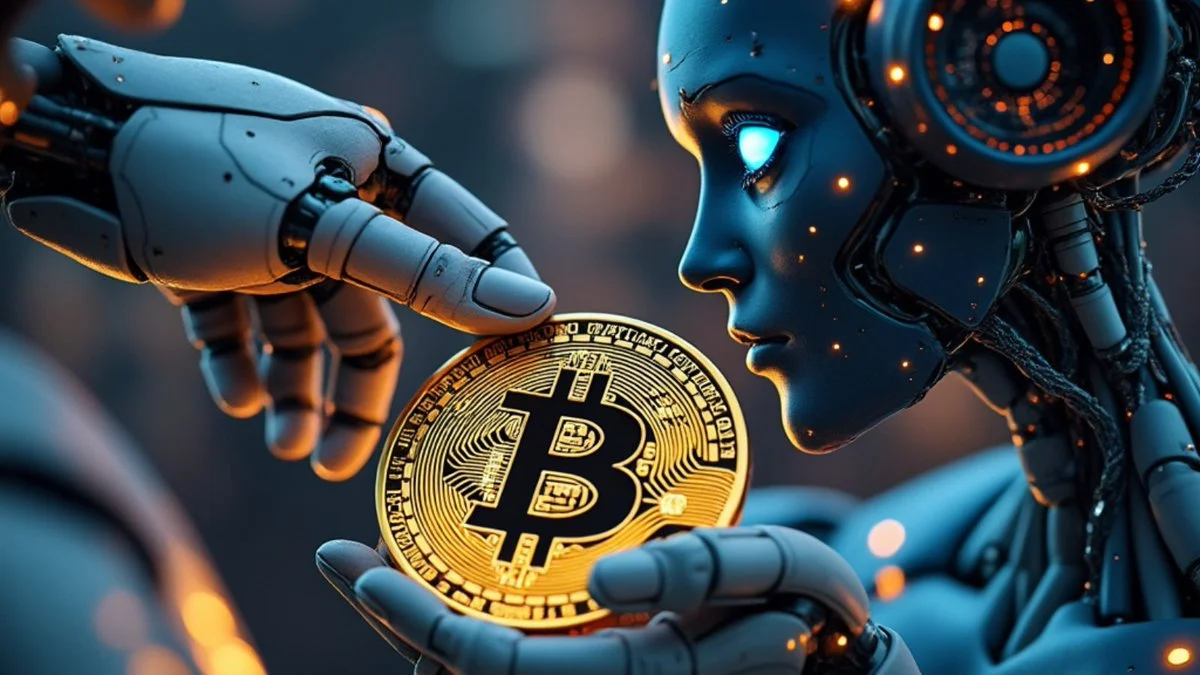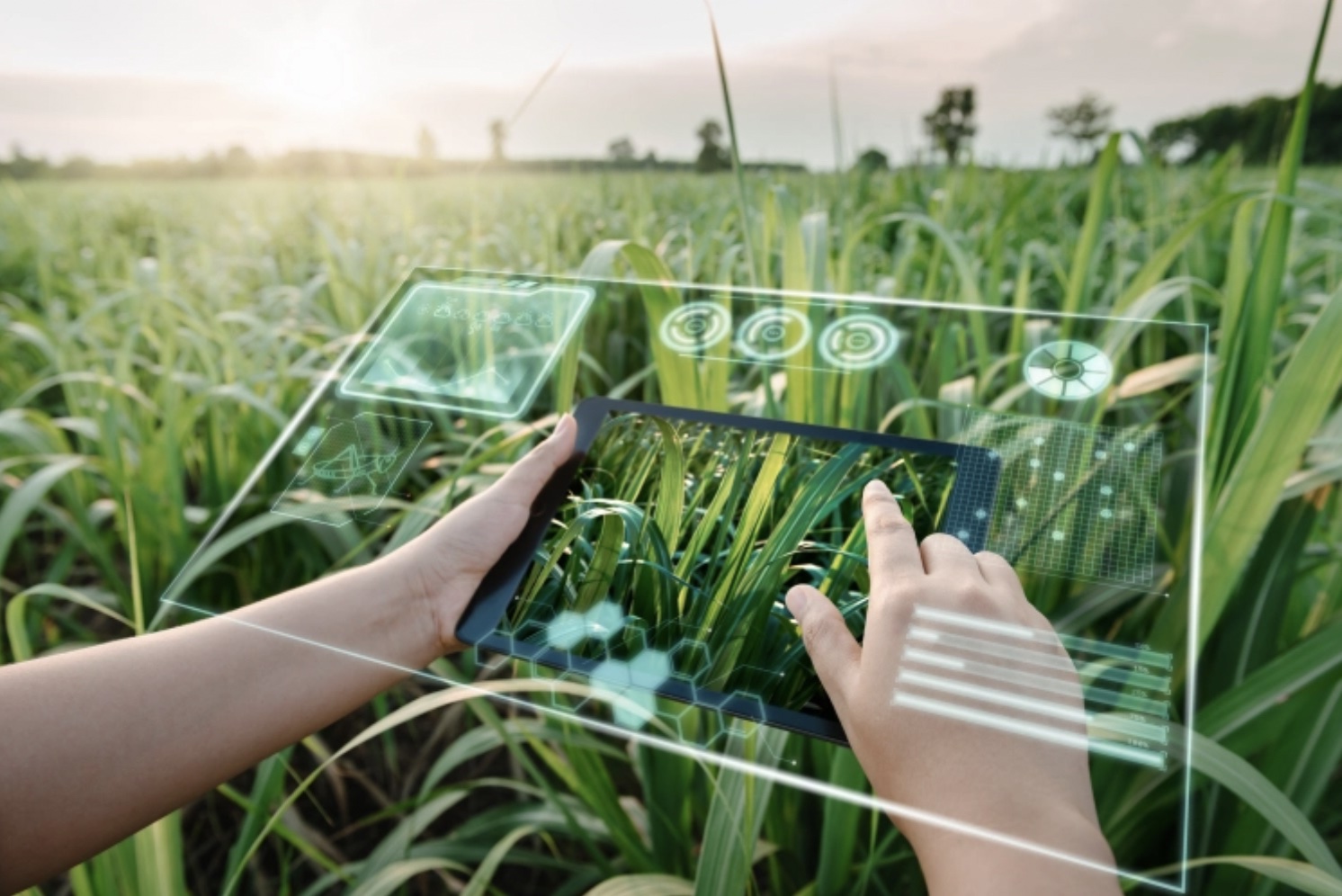The Internet of Things (IoT) is a rapidly growing technology that connects physical devices to the internet, allowing them to collect, exchange, and act on data. IoT has transformed various industries, enabling smarter and more efficient systems in homes, businesses, healthcare, agriculture, and more.
What is IoT?
IoT refers to a network of interconnected devices—such as sensors, appliances, and vehicles—that communicate with each other and centralized systems via the internet. These devices use embedded sensors and software to monitor their surroundings, send real-time data, and automate processes without human intervention.
How Does IoT Work?
The IoT ecosystem comprises several key components:
- Sensors & Devices – Collect data from the environment (e.g., temperature, motion, humidity).
- Connectivity – Data is transmitted through Wi-Fi, Bluetooth, cellular networks, or specialized IoT protocols like Zigbee and LoRaWAN.
- Data Processing – Cloud platforms or edge computing systems analyze and store the collected data.
- User Interface – Provides access to the processed data via apps or dashboards, allowing users to monitor and control IoT devices.
Applications of IoT
IoT is widely used across multiple domains:
- Smart Homes – IoT-powered thermostats, security cameras, and voice assistants enhance convenience and security.
- Healthcare – Wearable devices track patient vitals and enable remote monitoring.
- Industrial IoT (IIoT) – Smart factories use IoT for predictive maintenance and automation.
- Smart Cities – IoT-enabled streetlights, traffic systems, and waste management improve urban living.
- Agriculture – Sensors monitor soil conditions and automate irrigation systems for better crop management.
Challenges in IoT
Despite its advantages, IoT faces challenges such as:
- Security & Privacy – Protecting sensitive data from cyber threats is crucial.
- Interoperability – Different devices and protocols must work seamlessly together.
- Scalability – Managing a large network of connected devices efficiently.
The Future of IoT
The IoT industry is expanding rapidly, with advancements in 5G, artificial intelligence (AI), and edge computing enhancing its capabilities. As IoT adoption grows, it will continue to revolutionize industries, making everyday life more connected and efficient.
IoT is not just a technological trend—it is shaping the future of automation, connectivity, and data-driven decision-making across the globe.





